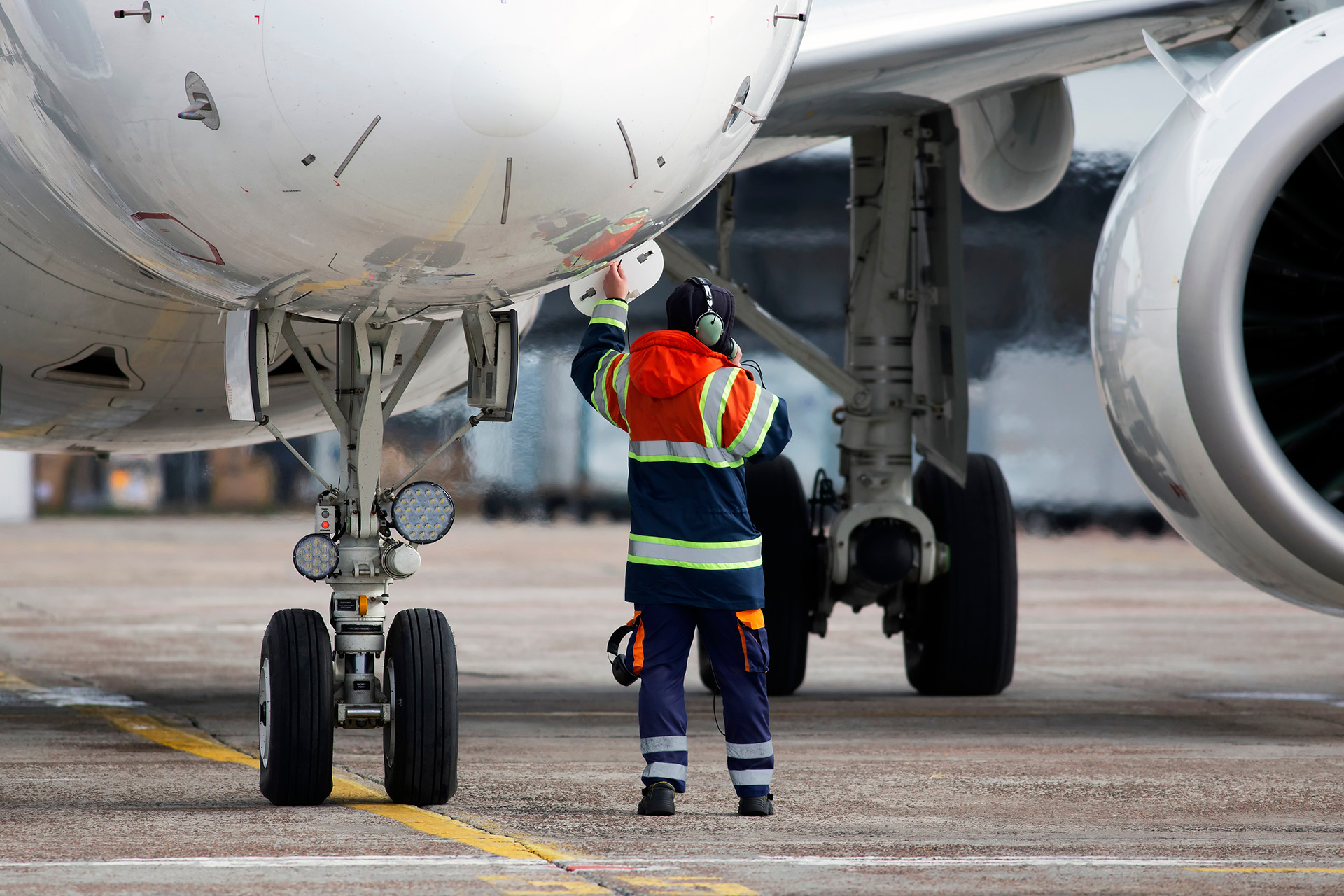The CAA has announced a series of measures to increase the safety of offshore helicopter flights.
The changes are the result of a comprehensive review of offshore helicopter operations (strategic safety review of offshore public transport helicopter operations in support of the exploitation of oil and gas) undertaken in conjunction with the Norwegian CAA and the European Aviation Safety Agency (EASA) and advised by a panel of independent experts.
The measures include:
- Prohibiting helicopter flights in the most severe sea conditions, so that the chance of a ditched helicopter capsizing is reduced and a rescue can be safely undertaken.
- Pending further safety improvements to helicopters, passengers will only be able to fly if they are seated next to an emergency window exit to make it easier to get out of a helicopter in an emergency (unless helicopters are fitted with extra flotation devices or passengers are provided with better emergency breathing systems).
- Requiring all passengers to have better emergency breathing equipment to increase underwater survival time unless the helicopter is equipped with side floats.
- In gathering evidence for the review the CAA engaged with trade unions representing industry workers and pilots, the oil and gas industry, helicopter operators, manufacturers, government, regulatory bodies and other experts in the field, as well as analysing available data and reports.
Further information
- A message from the Chair of the CAA welcoming the report
- A letter from the review challenge team
- A letter from the European Aviation Safety Agency (EASA)
- A letter from the Norwegian CAA
- The full strategic safety review of offshore public transport helicopter operations in support of the exploitation of oil and gas
- January 2015 update report on progress

